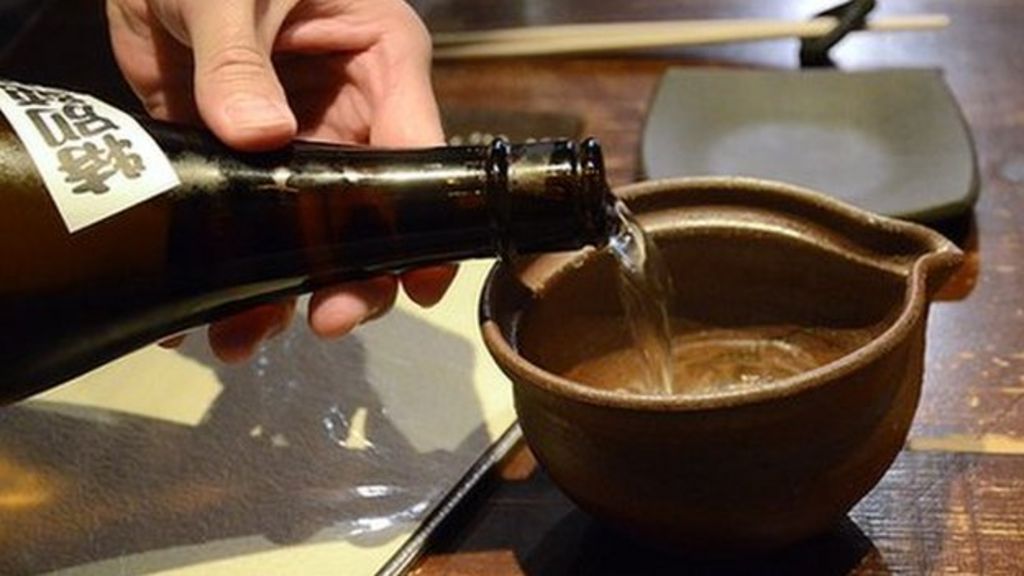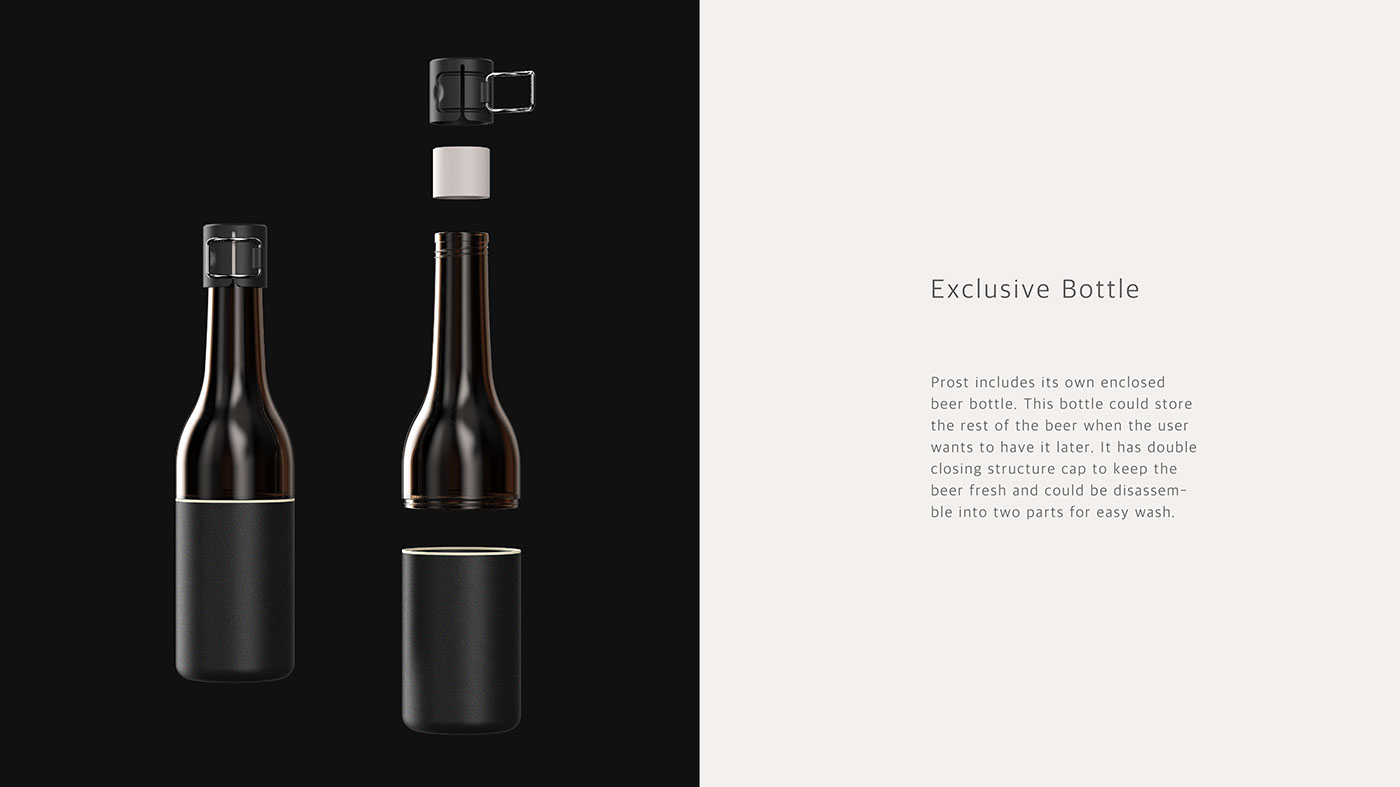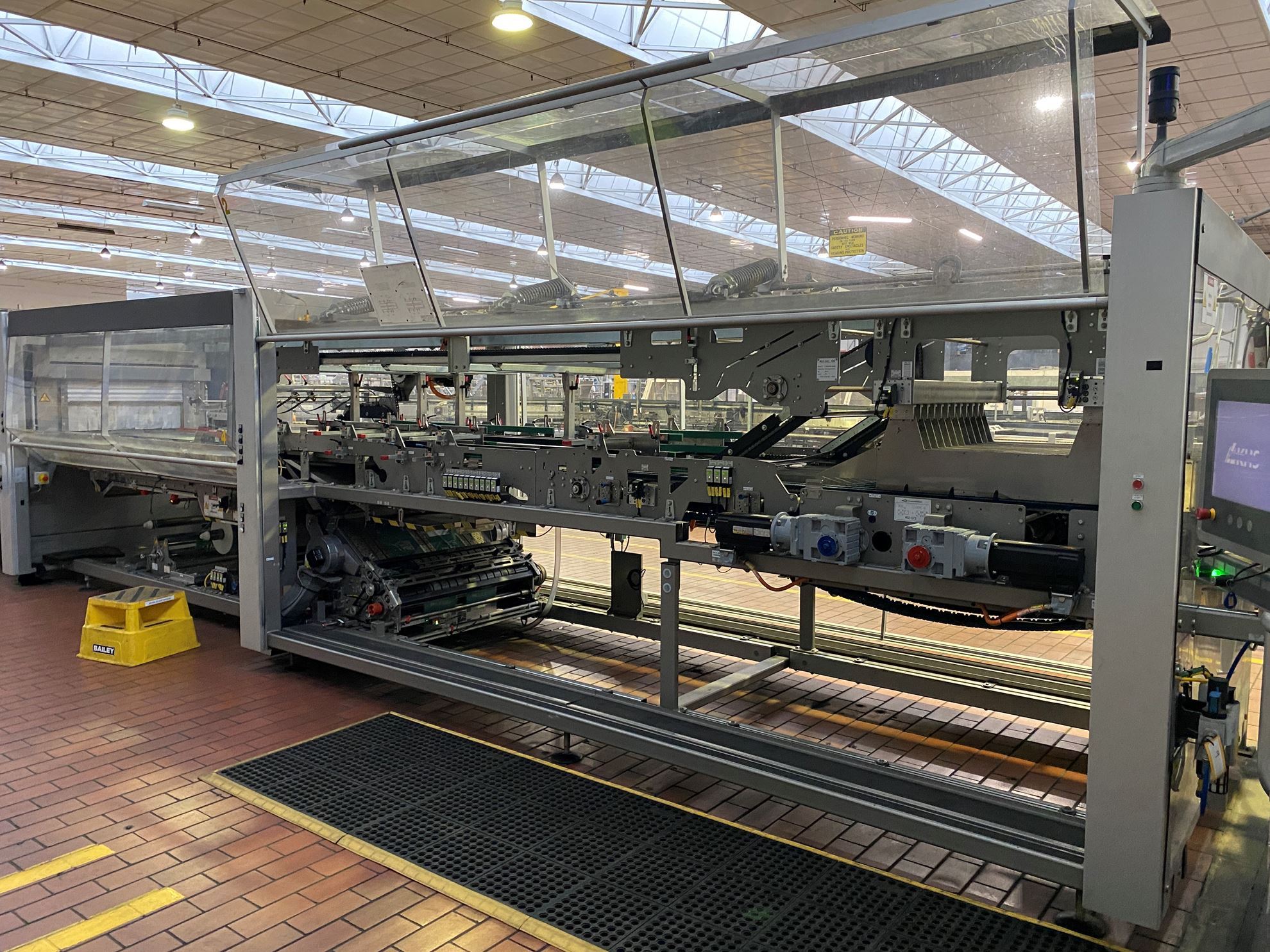Table of Content
Your recipe will tell you when, how much, and what kind of hops to add. I prefer to place the hops in a hop bag, and then put the bag into the boil tied to the side of the kettle. Turn the burner back on for a couple of minutes until the temperature goes back up to the mash temperature. Be sure to stir the grains while you are doing this and make sure the grain bag is not touching the bottom of the kettle as you will scorch it.

You’ll also need cracked grains, liquid brewing yeast, liquid malt extract, hops, extra spices for flavoring, and conditioning tablets. A beer brewing kit will come with everything you need to get started if you don’t want to buy your equipment and ingredients separately. Once you have everything, sanitize your equipment by soaking it in diluted bleach for 20 minutes. Sanitizing is important so your beer doesn’t get contaminated and pose a health hazard.
MoreBeer! Premium Homebrew Starter Kit
Mead, a honey-based beverage also known as “honey wine,” is easy to make at home using the same equipment used to brew beer. Place the fermenter in a space in your home that is at room temperature. On the back of your yeast sachet, you will find the ideal fermenting temperature for that yeast.

It also has a recipe kit that includes liquid malt extract, milled grains, hops, yeast and mesh bags for steeping. This brewing kit from MoreBeer "gives a beginner everything they need to get started and make great beer," says Jeremy Tofte, founder of Melvin Brewing in Alpine, Wyoming. Using malted grains means you’ll need to extract the sugars from the grain following specific temperature guidelines on the recipe. With malt extract, that step is done for you and you just pour malt syrup into the brewing pot. The primary grain used in beer is barley, but many beers also include some quantity of wheat, rye, corn, or oats.
Therminator Plate Wort Chiller: Chill 10 gal in 5 min!!
After fermentation is complete, typically within two weeks, it's time to bottle your beer. Some brew kettles even have a valve for easy transportation from your kettle to your fermenter. That's interesting (corn sugar vs. aggressively marketed high fat corn syrup). Corn syrup works good for making gummy bears, and fake pancake syrup, but it's absolutely awful in tea and many beverages. I wondered if you were using the corny syrup in your beer recipe.
I know it's a year old, but this struck me as wrong and I've got that typical internet user's inability to let bad information just sit around on the internet willy nilly. A quick hit to google told me that corn sugar is not the same thing as corn syrup. In fact, the Corn Growers Association of America tried to get corn syrup renamed to corn sugar but the FDA denied them. Probably because there already is such a thing as corn sugar, and it's a whole different beast than corn syrup. "The machine and app are super easy to use and walks you through each step. If you are new to brewing this is a perfect way to start." "Brewing beer is no longer an all day chore. It’s the perfect setup for me. Small batches and not locked down to just kits if you want to be creative."
Do I have to use a yeast starter?
For all the perks, BrewDemon's systems retain an affordable price. We have taken our number one selling Brew Share Enjoy® homebrew starter kit and paired it with our top-selling electric brew kettle, Gigawort™. Don't get me wrong, I think the entry level brew kits are a good value. They include some special equipment not used here that will make things easier.
Our "Small Batch E.Z. Brew" kit comes with upgrades to make your small batch experience even easier. WikiHow is a “wiki,” similar to Wikipedia, which means that many of our articles are co-written by multiple authors. To create this article, 68 people, some anonymous, worked to edit and improve it over time.
Thanks to a spate of home brewing kits available, brewing and fermenting beers can be a relatively painless process. “As far as equipment goes, you don’t have to have fancy equipment to make great beer,” says Fal Allen, master brewer at Northern California'sAnderson Valley Brewing Company. Homebrewing can be either a manual or automated process. The majority of kits are manual and require the home brewer to move the beer throughout the various stages. These require more individual pieces of equipment that must be sanitized but can also be upgraded individually.

First, you will need to sterilize a glass jar or bottle and a rubber stopper. Next, mix your juice of choice with an equal amount of sugar and water. Once mixed, pour the mixture into the sterilized jar or bottle, leaving a few inches of headspace. Next, add a packet of yeast to the mixture and screw on the lid tightly. Store the mixture in a dark, warm place for 2-3 weeks, checking on it occasionally to make sure the yeast is still active.
First pour 1/2 gallon of water from your 3 gallon water bottle and place a mark at the 2 1/2 gallon water level. Now pour up to 2 1/2 gallons of the remaining water into your brew pot leaving at least 3 inches to the top of the pot. Turn on the heat to medium high and bring the temperature up to 150 to 155 degrees. Turn off the heat and cover the brew pot to let the magic take place inside for 30 minutes. Use a strainer to remove as much of the spent grain as possible without worrying too much about a few remaining grains.

Beer is typically fermented more slowly than wine or spirits. Any 5 gallon vessel with a lid can be a fermenter, but it is important there is a way for CO2 to escape without letting air into the beer. Some fermenters have the airlock included while others require it to be purchased separately, be sure to read product details. The entire system is completely customized to your brewing requirement, such as if you want a digital control panel or a thermometer installed in your boil kettle. This system can be upgraded to produce up to two barrels .
When using tap water, you may also need to descale the brewers regularly. As with the manual brewing kits, sanitization is required before each batch of beer. Once complete, a racking cane and siphon help move the beer to the bottling bucket. For carbonation, a second fermentation is required.

This is the perfect time to add all manner of flavors, from hops to oak chips to fruit extracts. Once things calm down a bit, attach a regular water lock and proceed with primary fermentation as specified by your recipe. A homebrew beer with a blow-off tube during primary fermentation. While bitterness is important to a beer, since it helps it keep and balances the malty flavors, it’s not the only function of hops. While I say “add hops” for this step, it’s actually a bit more complicated than that.
Place your bottled beer in a cool dark place for 7-10 days and try to avoid the temptation to open a bottle early. Don't put the bottled beer in the fridge yet or the yeast will not be able to do its job on the priming sugars. The beer will also begin to clear during this time as suspended yeast settles to the bottom of the bottle. The strike temperature is the temperature you are to heat the water to originally. At this point, you have now reached that temperature and will be adding the grains to the kettle.


No comments:
Post a Comment